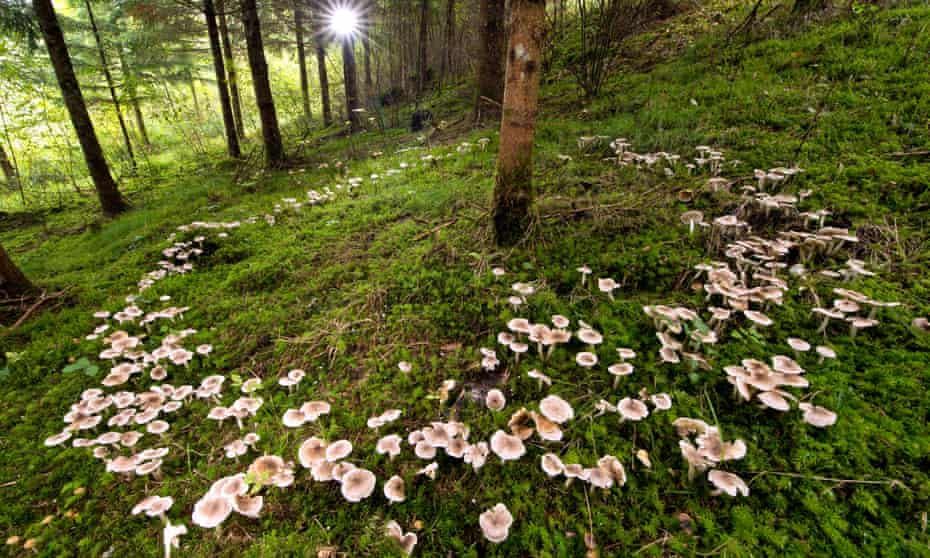
Read the article and answer the questions:
1. What function do fungi perform in relation to plants?
2. What is the length of underground fungal networks?
3. In which regions of the world can the fungal networks be found?
Watch the interview and answer the question: What problem does Angelina raise in her acceptance speech?

1 - Fungi use carbon to build networks in the soil, which connect to plant roots and act as nutrient “highways”, exchanging carbon from plant roots for nutrients. For instance, some fungi are known to supply 80% of phosphorus to their host plants.
ReplyDelete2 - Underground fungal networks can extend for many miles but are rarely noticed, though trillions of miles of them are thought to exist around the world.
3 - Ten hotspots have been identified by the scientists involved, including: Canadian tundra; the Mexican plateau; high altitudes in South America; Morocco; the western Sahara; Israel’s Negev desert; the steppes of Kazakhstan; the grasslands and high plains of Tibet; and the Russian taiga.
Fungi use carbon to create networks in the soil that connect to plant roots.
ReplyDelete2 - Underground fungal networks can extend for huge miles.
3 - Ten hot spots were identified by participating scientists: the Canadian tundra; the Mexican plateau; the highlands in South America; Morocco; western Sahara; the Israeli Negev Desert; the steppes of Kazakhstan; meadows and high plains of Tibet; and the Russian taiga.
1. Fungi use carbon to build networks in the soil, which connect to plant roots, exchanging carbon from plant roots for nutrients.
Delete2. Underground fungal networks can extend for many miles but are rarely noticed, though trillions of miles of them are thought to exist around the world.
3. Ten hot spots were identified by participating scientists: the Canadian tundra; the Mexican plateau; the highlands in South America; Morocco; western Sahara; the Israeli Negev Desert; the steppes of Kazakhstan; meadows and high plain
1. Fungi use carbon to build networks in the soil, which connect to plant roots, exchanging carbon from plant roots for nutrients.
ReplyDelete2. Underground fungal networks can extend for many miles but are rarely noticed, though trillions of miles of them are thought to exist around the world.
3.Ten hot spots were identified by participating scientists: the Canadian tundra; the Mexican plateau; the highlands in South America, Morocco; western Sahara; the Israeli Negev Desert; the steppes of Kazakhstan, meadows and high plains of Tibet, and the Russian taiga.